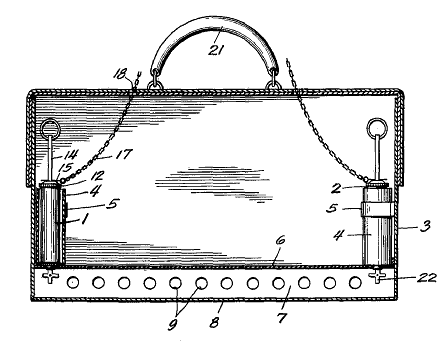In April 1922, 17-year-old Ernest Albert Walker, the footman to an English colonel, approached a policeman in Tonbridge and said, “I believe I have done a murder.” At the house, investigators discovered the body of messenger Raymond Charles Davis and a handwritten agenda on black-edged notepaper:
- Ring up Sloane Street messenger office for boy.
- Wait at front door.
- Invite him in.
- Bring him downstairs.
- Ask him to sit down.
- Hit him on the head.
- Put him in the safe.
- Keep him tied up.
- At 10.30 torture.
- Prepare for end.
- Sit down, turn gas on.
- Put gas light out.
- Sit down, shut window.
Walker had also left a note for the butler:
I expect you will be surprised to see what I have done. Well since my mother died I have made up my mind to die also. You know you said a gun-case had been moved and I denied it. Well, it had, I got a gun out and loaded it and made a sling for my foot to pull the trigger, but my nerve went and I put it away. I rang up the Sloane Square office for a messenger boy and he came to the front door. I asked him to come in and wait, and I brought him to the pantry and hit him on the head with a coal-hammer. So simple! Then I tied him up and killed him. I killed him, not the gas. Then I sat down and turned the gas full on. I am as sane as ever I was, only I cannot live without my dear mother. I didn’t half give it to that damned boy. I made him squeak. Give my love to Dad and all my friends.
“I don’t know what made me do it,” he told police. “I came to Tonbridge as it would give me plenty of time to think and tell the police here.” He was judged “guilty but insane” and committed to the Broadmoor psychiatric hospital.






